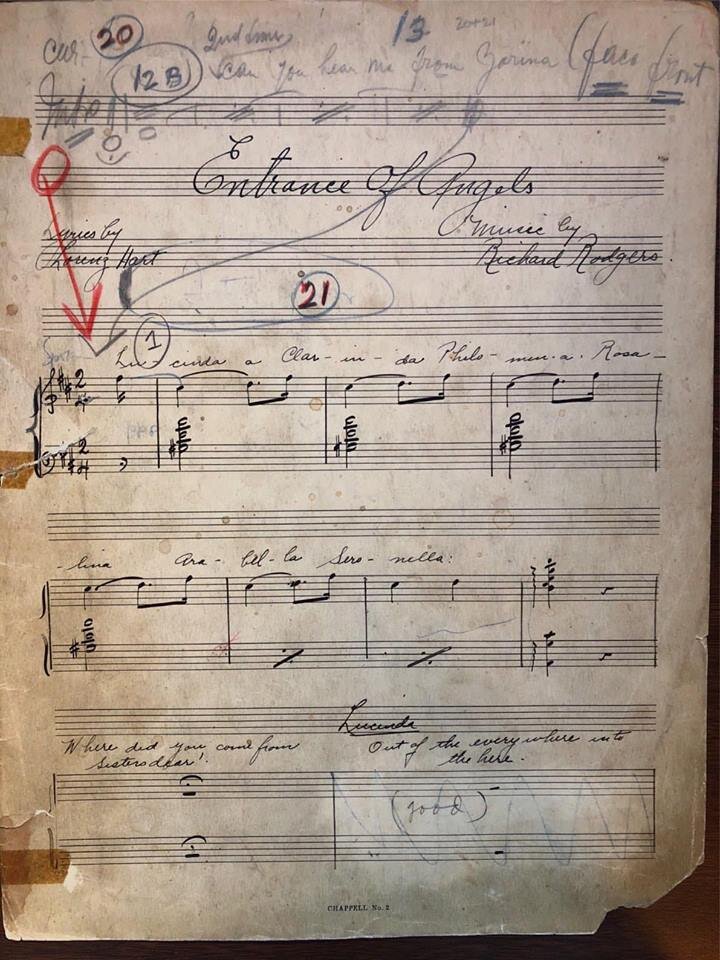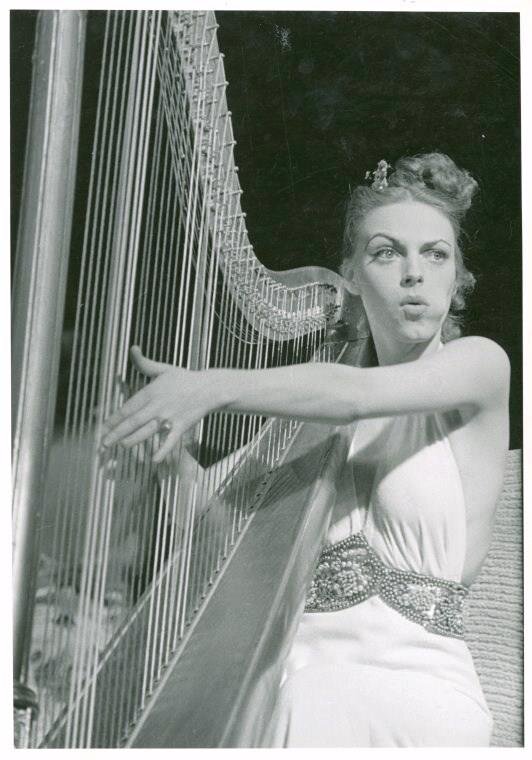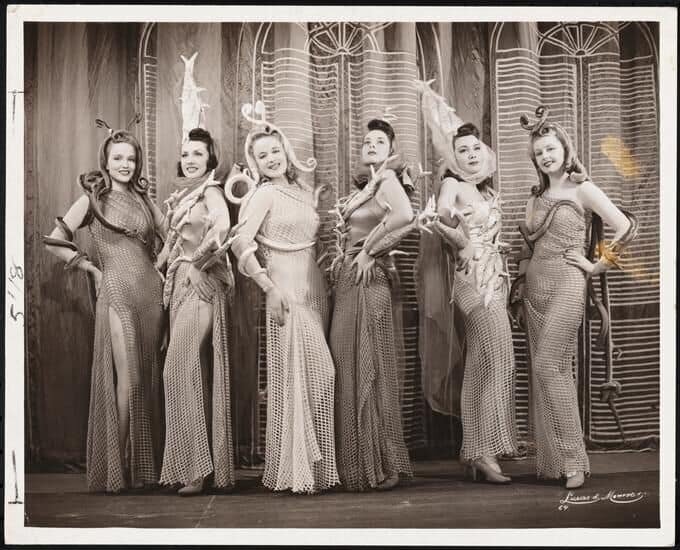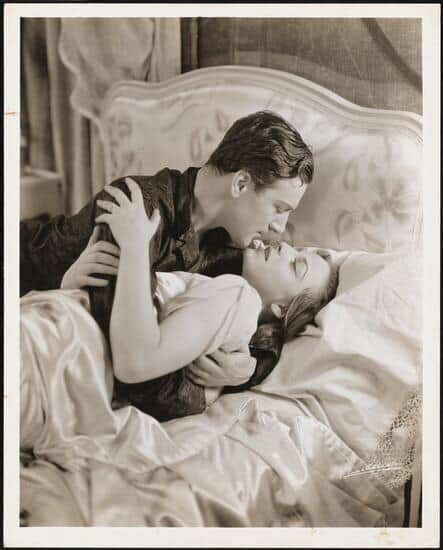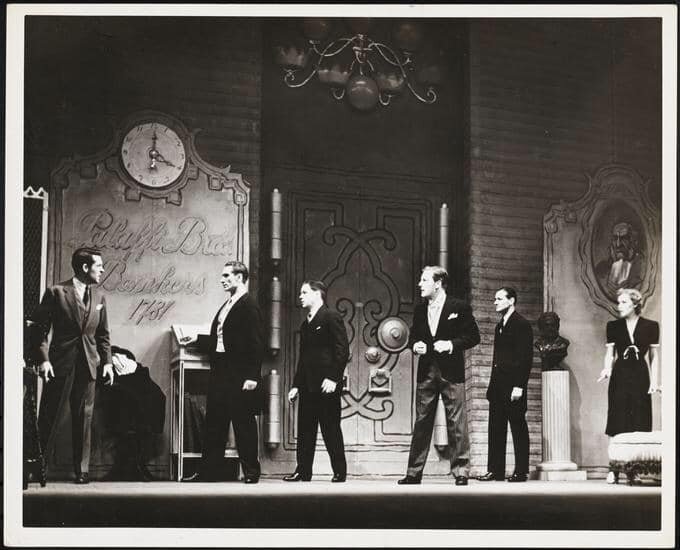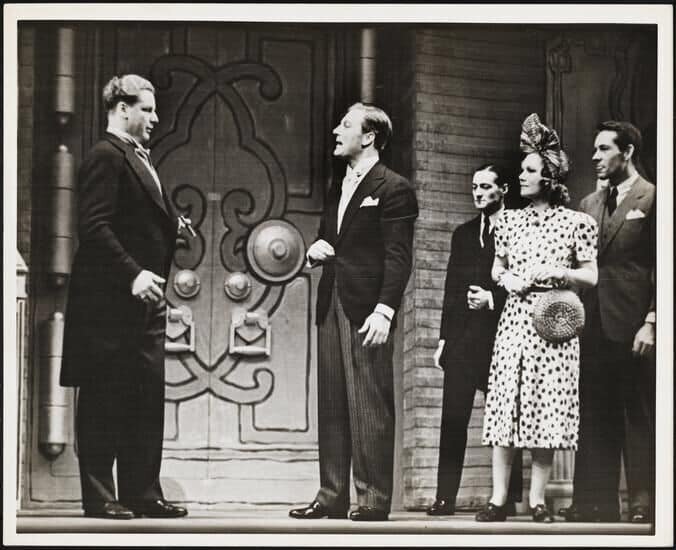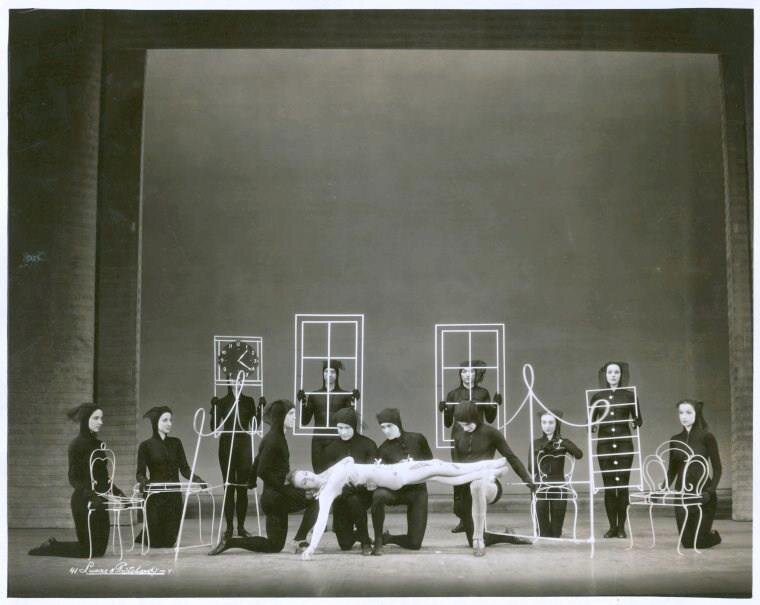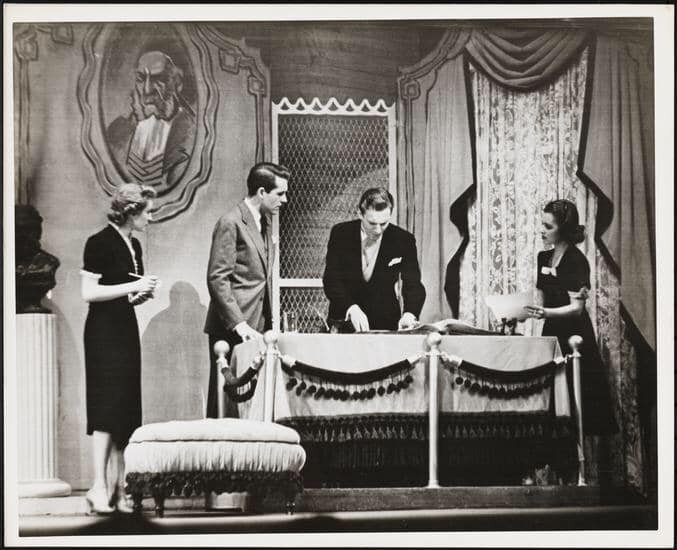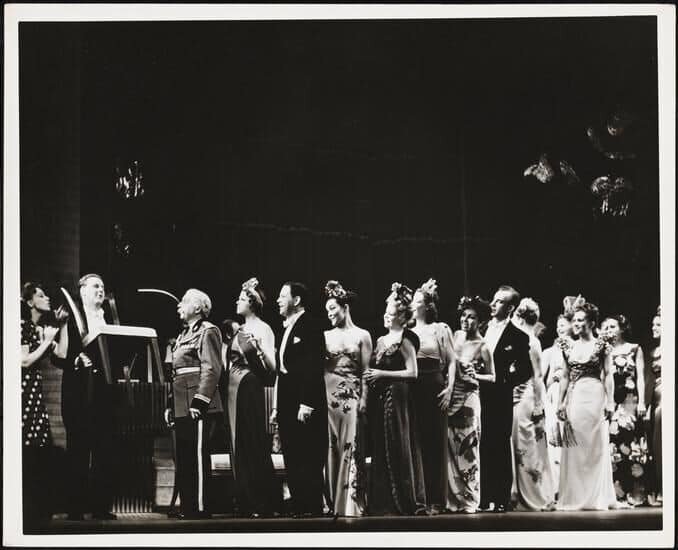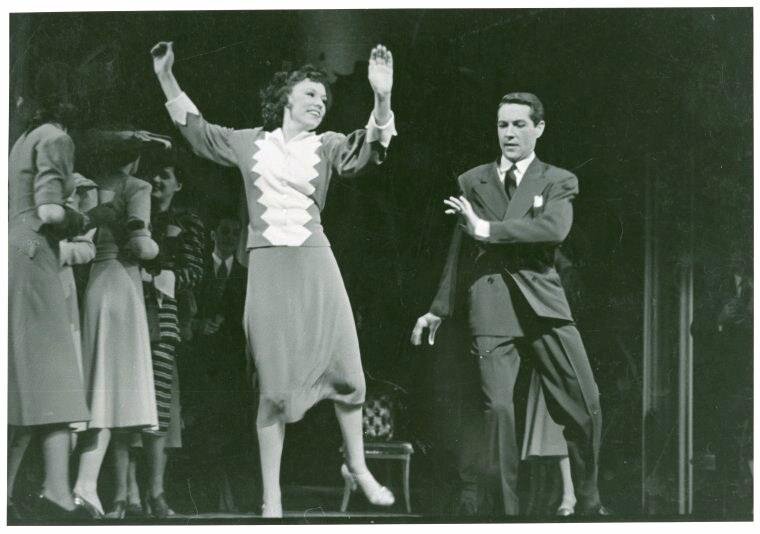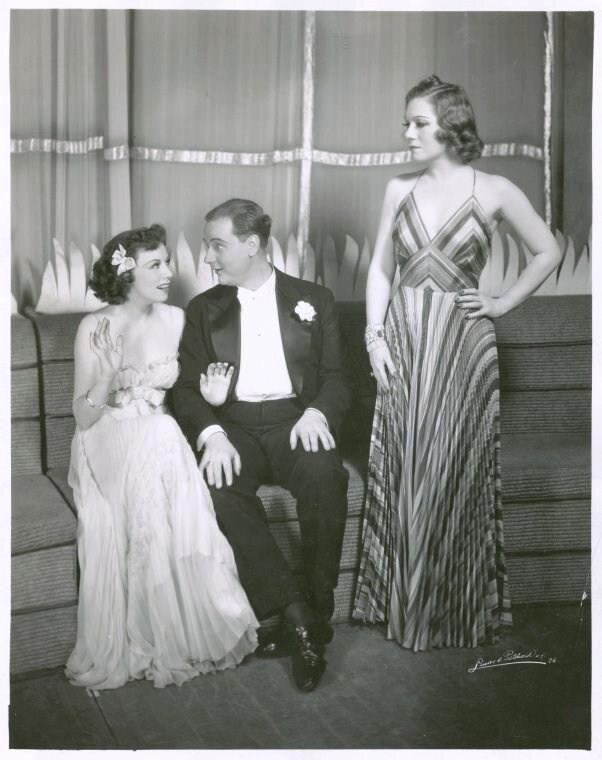Remembering I Married an Angel
The composing team of Rodgers and Hart had more than their share of hits throughout their prolific career as composer and lyricist (respectively) writing for the musical theatre. One of their bigger successes was the 1938 musical I Married an Angel, which was adapted from a Hungarian play called Angyalt Vettem Felesegul by János Vaszary. For I Married an Angel, the duo took the responsibility for writing the show’s book, a task they traditionally (but not always) turned over to the likes of George Abbott or Herbert Fields.
I Married an Angel was set in Budapest, Hungary (it was by Hungarian playwright after all) and concerned a banker named Count Willie Palaffi. Both wealthy and unlucky in love, Willie believes that that the only woman who will ever be a suitable match to his heart will have to fall down from the heavens. In others words: she will have to be an angel. When Willie’s engagement to his fiancée Anna ends, the next woman to enter his picky existence is indeed an angel. Willie falls in love with and marries her, only to soon find that her virtuosity and angelic qualities come with challenges. She is unable to lie which leads to her offending many of Willie’s bank investors and high society clientele, putting his industry in jeopardy. Only when Willie’s sister steps in and teaches the angel how to behave more like a human being does the angel become the woman Willie actually wants her to be. In the end, his bank is saved from collapse and the two live happily ever after.
Surprisingly, I Married an Angel was not brimming with Rodgers and Hart songs, either in number or popularity. The show had a modest dozen original songs in the score, with a few other Rodgers and Hart songs interpolated (“Othello,” “Women Are Women,” and “Men of Milwaukee). For all the show’s popularity, it just didn’t have that parade of hits that would become standards in the way that The Boys from Syracuse, Babes in Arms, or Pal Joey enjoyed. Still, I Married an Angel had an agreeable score
I Married an Angel opened at Broadway’s Shubert Theatre on May 11, 1938, running 338 performances. The show was directed by a young Joshua Logan and choreographed by one of musical theatre’s early experimenter’s with dance, George Balanchine. One of Balanchine’s contributions to the show was the staging of the startling “Snow Ballet” Two Rodgers and Hart favorites, Vera Zorina and Vivienne Segal starred in the show, that also included Dennis King, Walter Slezak, Charles Walters, and Audrey Christie. I Married an Angel has never been revived on Broadway since its first run in 1938. Whether the plot is just considered too thin, trite or dated to appeal to modern audiences, or the fact that there are just not enough Rodgers and Hart standards to make it exciting, or both, it is unlikely that I Married an Angel will be rediscovered as this great, forgotten gem. It was a perfect choice for City Center’s Encores! series, where it recently played, though to tepid reviews and with timely questions being asked about its misogynistic premise. I Married an Angel is a product of its time, a museum piece worth revisiting now and again to understand where we have been and how far musical theatre has evolved.
Mark Robinson is the author of the two-volume encyclopedia The World of Musicals, The Disney Song Encyclopedia, and The Encyclopedia of Television Theme Songs. His forthcoming book, Sitcommentary: The Television Comedies That Changed America,will hit the shelves in October, 2019. Hemaintains a theater and entertainment blog at markrobinsonwrites.com.




